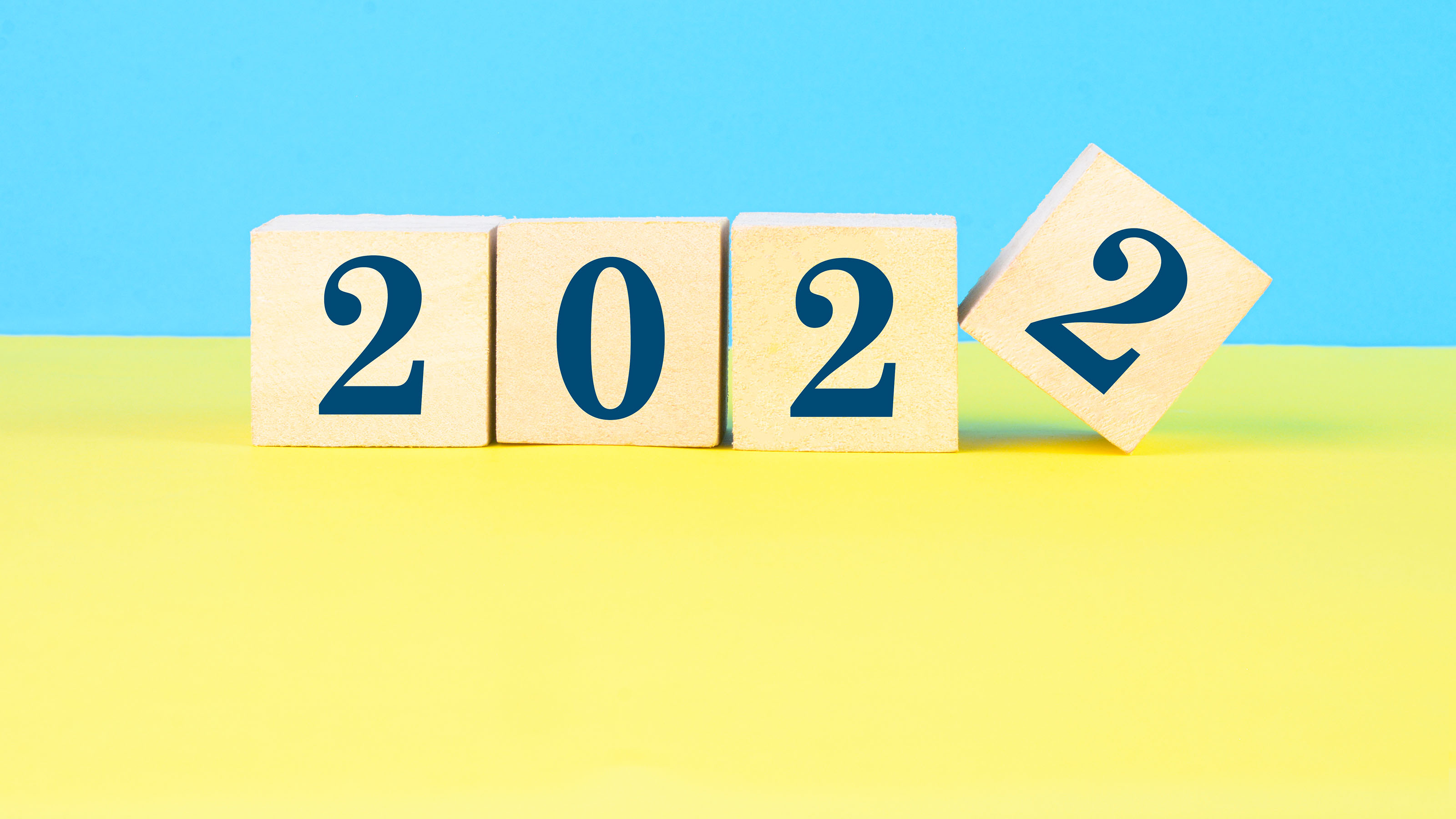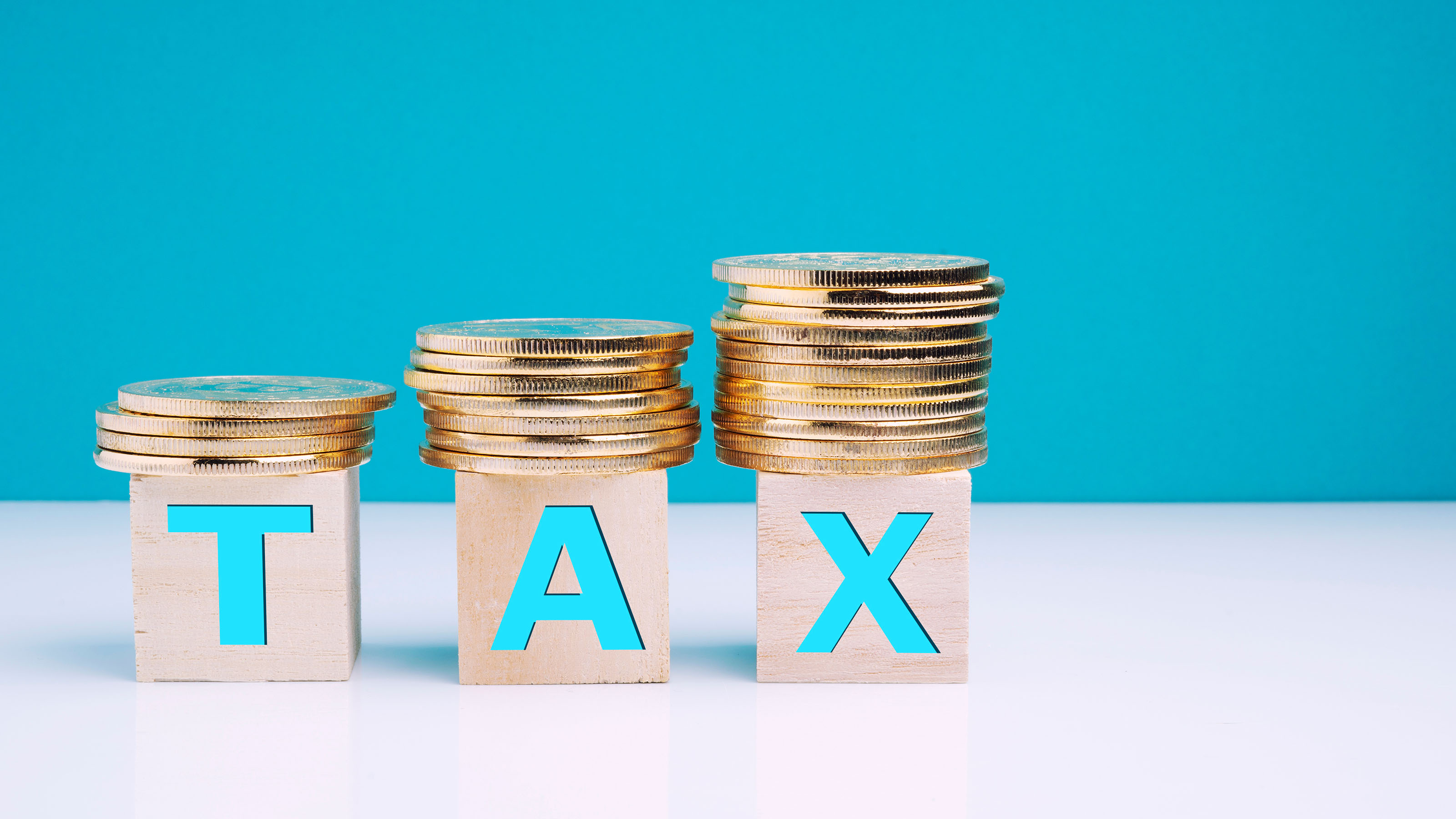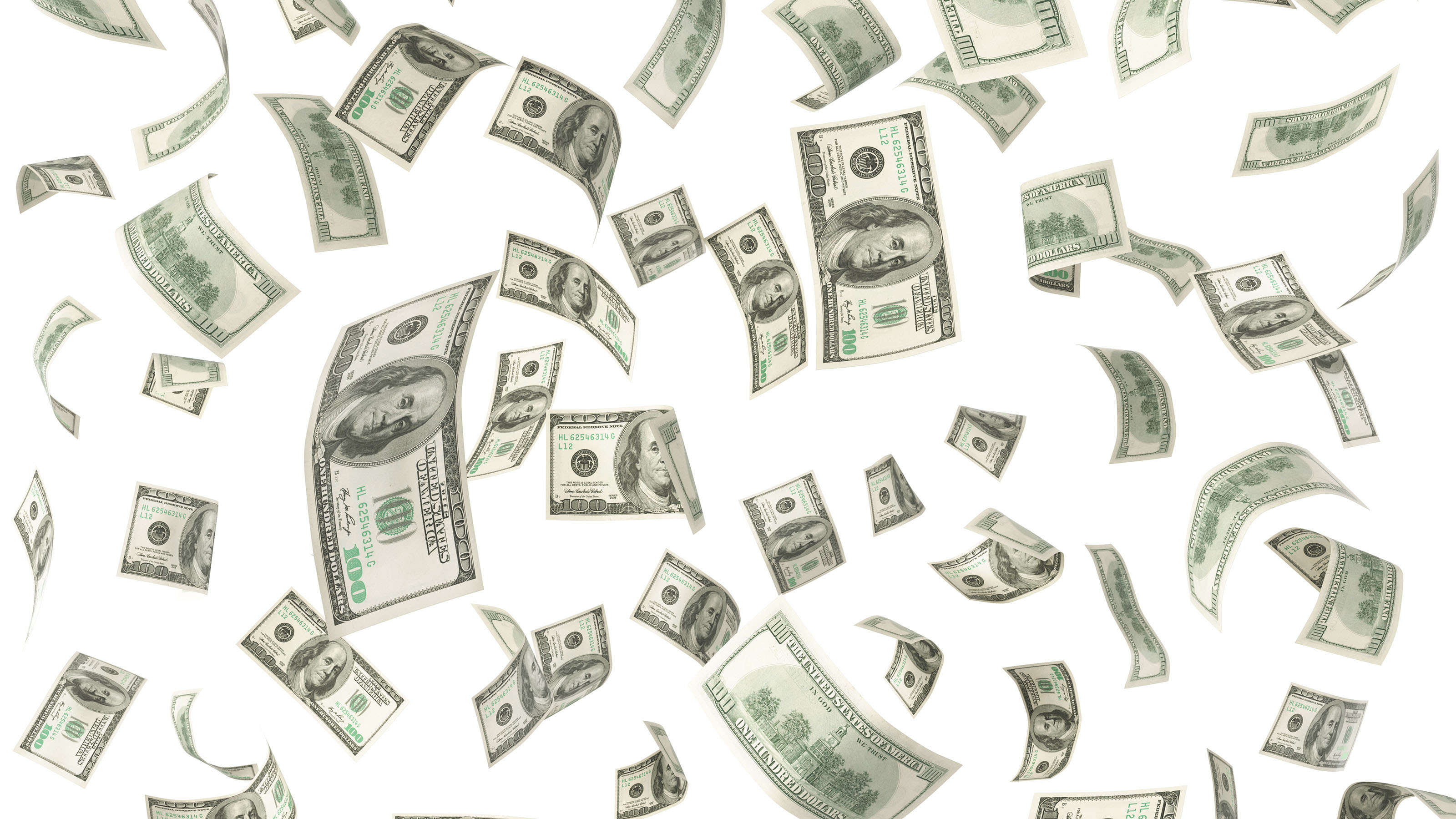Top Tax Stories of 2022 (That Still Matter for 2023)
Kiplinger highlights some of its top tax stories of 2022 about topics that can still impact your finances in 2023.


Readers were interested in many important tax issues during the past year, but the most-read tax stories on Kiplinger.com involved questions surrounding state stimulus checks, federal income tax brackets, the Powerball lottery jackpot, and whether you’ll get a Form 1099-K from Venmo or PayPal.
So, in case you missed some of these, here’s a look back and recap of Kiplinger’s top tax stories of 2022. A few of these tax issues could still impact you this year, 2023.
Income tax brackets

During 2022, readers flocked to a story that answered a popular tax question—what are the income tax brackets? Knowing your income tax bracket is important because that tax bracket determines your tax rate (i.e., the amount of tax that you’ll generally be expected to pay on at least some of your income).
From just $107.88 $24.99 for Kiplinger Personal Finance
Become a smarter, better informed investor. Subscribe from just $107.88 $24.99, plus get up to 4 Special Issues

Sign up for Kiplinger’s Free Newsletters
Profit and prosper with the best of expert advice on investing, taxes, retirement, personal finance and more - straight to your e-mail.
Profit and prosper with the best of expert advice - straight to your e-mail.
There seven federal income tax rates are 10%, 12%, 22%, 24%, 32%, 35% and 37%. And that can be confusing sometimes, because those rates don’t change. But the federal income tax brackets (that get matched to those rates) do change, because they are adjusted yearly for inflation. That’s partly why you can end up in a different tax bracket from one year to the next and possibly end up paying a different tax rate on some of your income.
So, if you want to know what your income tax bracket will be for 2023, or want to double check your bracket for the 2022 tax year, see our updated story: What Are the Income Tax Brackets for 2022 vs. 2023?
More: Federal Tax Brackets and Income Tax Rates
Powerball after taxes

Hundreds of thousands of you wanted to know about Powerball lottery taxes in 2022.
This story came about at the end of October when the Powerball Lottery jackpot climbed to an estimated $825 million. By November, the Powerball jackpot had ballooned to world record status—about $2.04 billion. And that had everyone wondering what the Powerball winning numbers were and how much someone would take home after taxes if they won the Powerball.
The federal government will withhold 24% of the winnings off the top. However, the amount of tax a Powerball lottery winner will pay depends on factors including the jackpot amount, the payout option the winner chooses, the winner’s federal tax bracket, and the applicable state tax rate.
If you’re interested, Powerball drawing days are every Monday, Wednesday, and Saturday. Mega Millions drawings are every Tuesday and Friday at 11 pm ET.
New state 'stimulus checks'

2022 was a big year for stimulus checks. However, it’s important to note that the stimulus checks that went out last year were not the stimulus checks from the federal government that many people received during the COVID-19 pandemic. Instead, the stimulus checks and tax rebate checks came from various states. That’s because a lot of states were sitting on budget surpluses and as a result, issued “stimulus” checks and tax rebates to eligible residents.
For example, California stimulus check payments were sent throughout the year. And in Virginia, eligible residents who filed their 2021 Virginia tax return by November 1, received a Virginia tax “stimulus” rebate of up to $500.
If you haven’t received a stimulus check for 2022 and think you are eligible, check our latest updates on state stimulus checks and tax rebates. (Some states are sending those checks during 2023 as well.)
1099-K reporting threshold

There has been a lot of confusion over an IRS reporting threshold for the Form 1099-K.
A new $600 1099-K tax reporting threshold meant that millions of people paid for goods or services through third-party networks like PayPal, Venmo, Square, etc., would receive a 1099-K in January if they were paid more than $600. (The previous trigger for a 1099-K was $20,000 and 200 transactions.)
But, in the face of backlash from some lawmakers and advocacy groups, the IRS announced, at the end of 2022, a delay of the so-called $600 rule for 1099-Ks. That delay means that people with a smaller amount of payments for goods and services from third-party payment networks (which includes a wide range of businesses—not just PayPal and Venmo) won’t receive a 1099-K in January.
However, people who meet the previous threshold of $20,000 in payments for goods and services on third-party networks will still receive a 2022 Form 1099-K.
For more information on what the Form 1099-K is and what’s going on with the $600 rule delay, see You Might Not Get a Form 1099-K From Venmo, PayPal, or Cash App.
Profit and prosper with the best of Kiplinger's advice on investing, taxes, retirement, personal finance and much more. Delivered daily. Enter your email in the box and click Sign Me Up.

Kelley R. Taylor is the senior tax editor at Kiplinger.com, where she breaks down federal and state tax rules and news to help readers navigate their finances with confidence. A corporate attorney and business journalist with more than 20 years of experience, Kelley has covered issues ranging from partnerships, carried interest, compensation and benefits, and tax‑exempt organizations to RMDs, capital gains taxes, and income tax brackets. Her award‑winning work has been featured in numerous national and specialty publications.
-
 Stocks Climb Wall of Worry to Hit New Highs: Stock Market Today
Stocks Climb Wall of Worry to Hit New Highs: Stock Market TodayThe Trump administration's threats to Fed independence and bank profitability did little to stop the bulls on Monday.
-
 How Worried Should Investors Be About a Jerome Powell Investigation?
How Worried Should Investors Be About a Jerome Powell Investigation?The Justice Department served subpoenas on the Fed about a project to remodel the central bank's historic buildings.
-
 Will Soaring Health Care Premiums Tank Your Early Retirement?
Will Soaring Health Care Premiums Tank Your Early Retirement?If you're under 65 and want to retire soon, your plan may be derailed by skyrocketing ACA marketplace premiums. Here's what you can do.
-
 Are You Afraid of an IRS Audit? 8 Ways to Beat Tax Audit Anxiety
Are You Afraid of an IRS Audit? 8 Ways to Beat Tax Audit AnxietyTax Season Tax audit anxiety is like a wild beast. Here’s how you can help tame it.
-
 States That Tax Social Security Benefits in 2026
States That Tax Social Security Benefits in 2026Retirement Tax Not all retirees who live in states that tax Social Security benefits have to pay state income taxes. Will your benefits be taxed?
-
 10 Cheapest Places to Live in Washington
10 Cheapest Places to Live in WashingtonProperty Tax Is Washington your go-to ski destination? These counties combine no income tax with the lowest property tax bills in the state.
-
 3 Major Changes to the Charitable Deduction for 2026
3 Major Changes to the Charitable Deduction for 2026Tax Breaks About 144 million Americans might qualify for the 2026 universal charity deduction, while high earners face new IRS limits. Here's what to know.
-
 Retirees in These 7 States Could Pay Less Property Taxes Next Year
Retirees in These 7 States Could Pay Less Property Taxes Next YearState Taxes Retirement property tax bills could be up to 65% cheaper for some older adults in 2026. Do you qualify?
-
 Estate Tax Quiz: Can You Pass the Test on the 40% Federal Rate?
Estate Tax Quiz: Can You Pass the Test on the 40% Federal Rate?Quiz How well do you know the new 2026 IRS rules for wealth transfer and the specific tax brackets that affect your heirs? Let's find out!
-
 5 Types of Gifts the IRS Won’t Tax: Even If They’re Big
5 Types of Gifts the IRS Won’t Tax: Even If They’re BigGift Tax Several categories of gifts don’t count toward annual gift tax limits. Here's what you need to know.
-
 The 'Scrooge' Strategy: How to Turn Your Old Junk Into a Tax Deduction
The 'Scrooge' Strategy: How to Turn Your Old Junk Into a Tax DeductionTax Deductions We break down the IRS rules for non-cash charitable contributions. Plus, here's a handy checklist before you donate to charity this year.